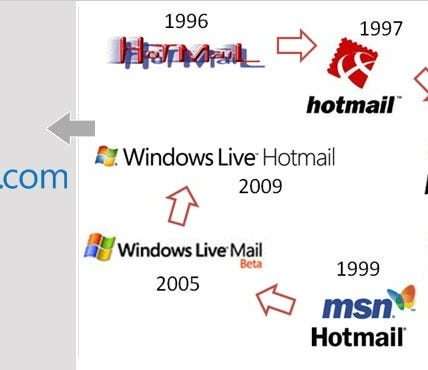In the modern software development lifecycle‚ ensuring the quality of your product is paramount. This is where a robust test management tool becomes indispensable. A comprehensive tool not only streamlines the testing process but also offers a centralized platform for planning‚ executing‚ and tracking tests. Embracing a test management tool is no longer a luxury but a necessity for organizations aiming for efficient workflows‚ reduced risks‚ and ultimately‚ higher-quality software releases. This article will delve into the multifaceted benefits of such a tool and provide you with all the knowledge you need to understand its significance.
What is a Test Management Tool?
A test management tool is a software application designed to manage the testing process within a software development project. It helps teams organize‚ execute‚ and track test cases‚ manage test environments‚ and report on testing progress. Think of it as a central hub for all things testing‚ ensuring that every aspect of quality assurance is well-documented and easily accessible.
Why is a Test Management Tool Important?
The importance of a test management tool stems from its ability to address several key challenges in software testing:
- Centralized Test Management: Provides a single source of truth for all test-related activities.
- Improved Collaboration: Facilitates better communication and collaboration between testers‚ developers‚ and other stakeholders.
- Enhanced Traceability: Ensures that all requirements are linked to test cases‚ allowing for clear visibility into test coverage.
- Reduced Test Execution Time: Automates repetitive tasks and streamlines test execution‚ saving time and resources.
- Better Reporting and Analytics: Provides detailed reports and analytics on testing progress‚ allowing for data-driven decision-making.
Benefits of Using a Test Management Tool
Let’s explore the benefits of using a test management tool in more detail:
- Increased Efficiency: Automation and streamlined workflows lead to significant time savings.
- Reduced Costs: Early detection of defects reduces the cost of fixing them later in the development cycle.
- Improved Quality: Comprehensive testing ensures that the software meets the required quality standards.
- Better Risk Management: Identifying and mitigating potential risks early on prevents costly failures.
- Enhanced Compliance: Facilitates compliance with industry standards and regulations.
Choosing the Right Test Management Tool
Selecting the right test management tool is crucial for maximizing its benefits. Consider the following factors when making your decision:
- Features: Does the tool offer the features you need‚ such as test case management‚ test execution‚ defect tracking‚ and reporting?
- Integration: Does the tool integrate with your existing development tools‚ such as issue trackers and CI/CD pipelines?
- Usability: Is the tool easy to use and understand?
- Scalability: Can the tool scale to meet the needs of your growing team and projects?
- Cost: Does the tool fit your budget?
| Feature | Tool A | Tool B |
|---|---|---|
| Test Case Management | Yes | Yes |
| Defect Tracking | Yes | Yes |
| Reporting | Yes | Limited |
| Integration | Extensive | Basic |
FAQ: Test Management Tools
- What are the key features of a test management tool?
- Key features include test case management‚ test execution‚ defect tracking‚ reporting‚ and integration with other tools.
- Is a test management tool suitable for all types of projects?
- While beneficial for most projects‚ the necessity depends on project complexity and team size. Larger‚ more complex projects benefit significantly.
- Can a test management tool be used for automated testing?
- Yes‚ many test management tools integrate with automation testing frameworks.
- What is the difference between a test management tool and a bug tracking tool?
- A test management tool manages the entire testing process‚ while a bug tracking tool focuses solely on tracking and managing defects.

